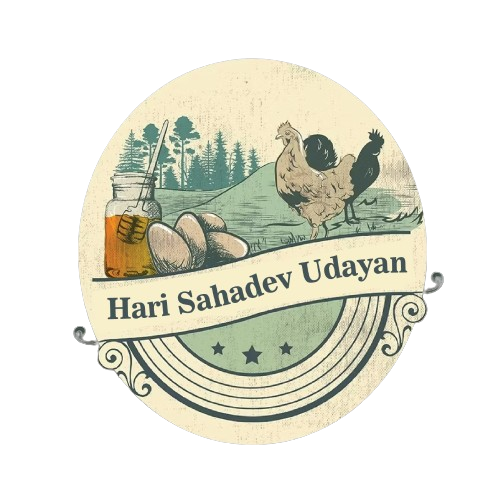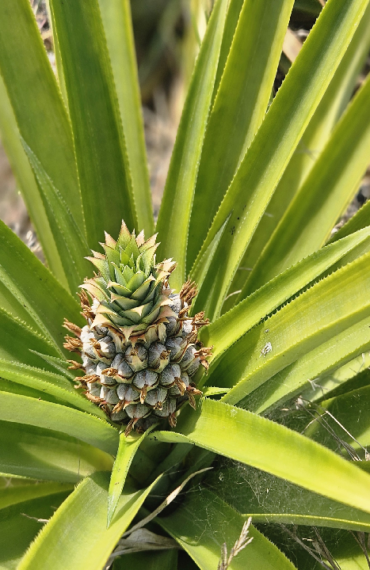
Agriculture Farming
Agriculture farming, also known as traditional farming or conventional farming, involves the cultivation of crops and the raising of livestock for food, fiber, and other agricultural products. Agriculture farming practices vary depending on factors such as climate, soil type, crop type, and cultural practices. Here’s an overview of agriculture farming and some of the challenges it faces:
Crop Cultivation:
- Agriculture farming typically involves the cultivation of crops such as grains (e.g., wheat, rice, corn), oilseeds (e.g., soybeans, sunflowers), fruits, vegetables, and legumes (e.g., beans, peas).
- Crop cultivation practices include land preparation, planting/seeding, fertilization, irrigation, weed control, pest management, and harvesting.
Livestock Rearing:
- Agriculture farming may also include the raising of livestock for meat, milk, eggs, wool, and other animal products. Common livestock species include cattle, poultry (chickens, ducks, turkeys), pigs, sheep, and goats.
- Livestock rearing practices involve animal housing, feeding, breeding, health management, and product processing.
Challenges Facing Agriculture Farming:
Climate Change: Agriculture farming is highly vulnerable to the impacts of climate change, including extreme weather events (e.g., droughts, floods, storms), shifts in temperature and precipitation patterns, and changes in pest and disease dynamics. Climate variability and unpredictability can disrupt crop production cycles, reduce yields, and increase production risks.
Resource Scarcity: Agriculture farming relies heavily on finite natural resources such as water, arable land, and fossil fuels. Increasing





